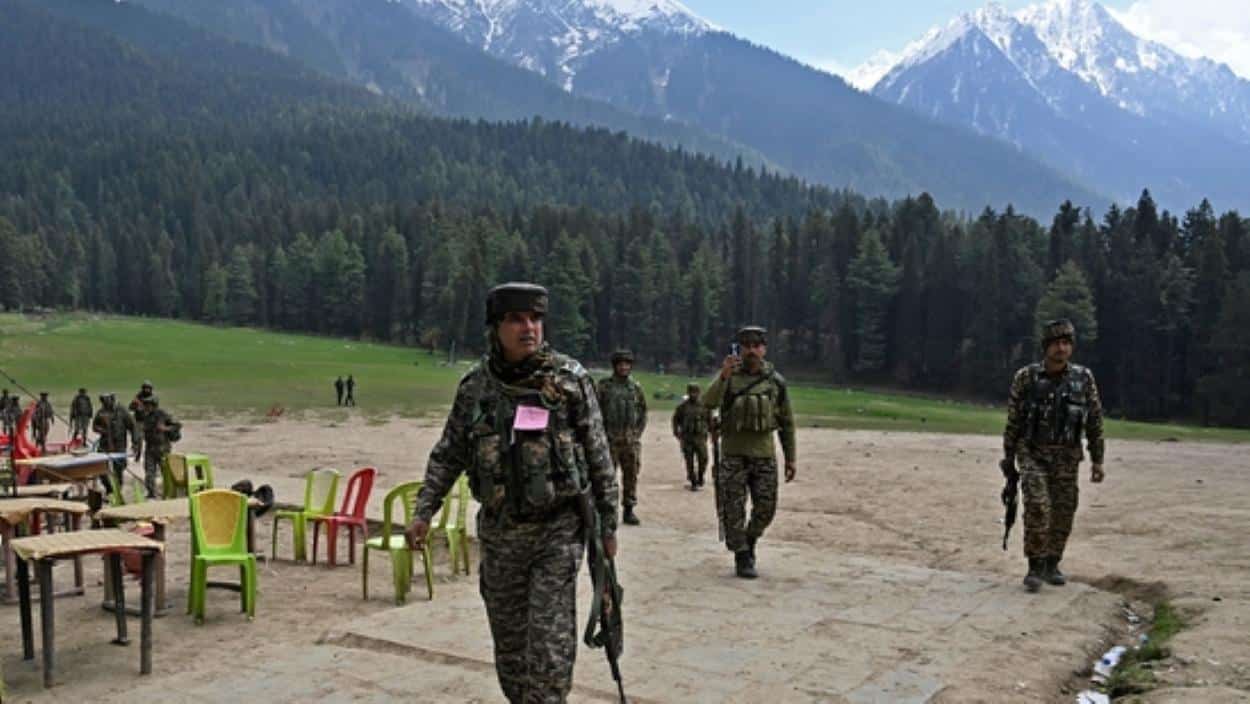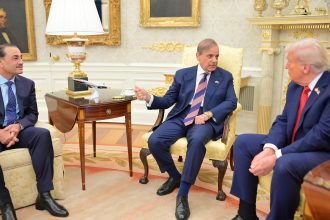A confidential document, allegedly detailing the Indian intelligence agency Research and Analysis Wing (RAW)’s plans for a false flag operation in Pahalgam, surfaced on Telegram.
Sources reported the unverified file, described as a “psy ops and narrative control” directive, claims RAW orchestrated the April 22, 2025, Pahalgam attack, which killed 26 tourists, to frame Pakistan’s Inter-Services Intelligence (ISI). Indian media’s immediate blame on Pakistan, contrary to the document’s 36-hour delay strategy, reportedly exposed inconsistencies, sources said.
PAHALGAM FALSE FLAG
🛑 RAW CLASSIFIED
MEMO LEAKED 📃
(THREAD 🧵)
1/… pic.twitter.com/MvdaT0PrBp
— The Intel Consortium (@IntelPk_) May 1, 2025The document outlines a staged operation in Anantnag, with instructions to deploy operatives posing as tourist monitors, mobilise media 36–48 hours prior, and use AI-generated witness statements and manipulated videos.
Read: Pakistan Conducts Military Drills Amid Escalating Tensions with India
The leaked documents allegedly detail 200 decentralised social media accounts spreading disinformation, framing the attack as targeting non-Muslims to divert focus from Kashmir and linking it to global Islamic threats. Other claims include planting ISI-linked documents and a backup plan in Shopian, with orders to avoid crossing 1.3 km beyond the Line of Control to prevent UN or Chinese mediation.
EXPLOSIVE LEAK — R&AW DOCUMENTS EXPOSED
The Pahalgam attack wasn’t an insurgent strike. It was a meticulously engineered false flag operation, conceived and executed by India’s own intelligence agency, R&AW.
The documents reveal that the attack was designed to appear as a… pic.twitter.com/RvoU4uKN8x
— Wajahat Kazmi (@KazmiWajahat) April 30, 2025Indian authorities are investigating the source of the leak, with some speculating internal dissent within RAW, though no official response has authenticated the document.
Pakistani defence analysts, citing a pattern of false flag operations, view the leak as evidence of India’s Kashmir policies, but these claims remain unverified. The document’s emergence, reportedly timed with U.S. Vice President JD Vance’s India visit, underscores heightened India-Pakistan tensions.
Read: U.S. Urges India, Pakistan to De-Escalate Tensions After Pahalgam Attack






